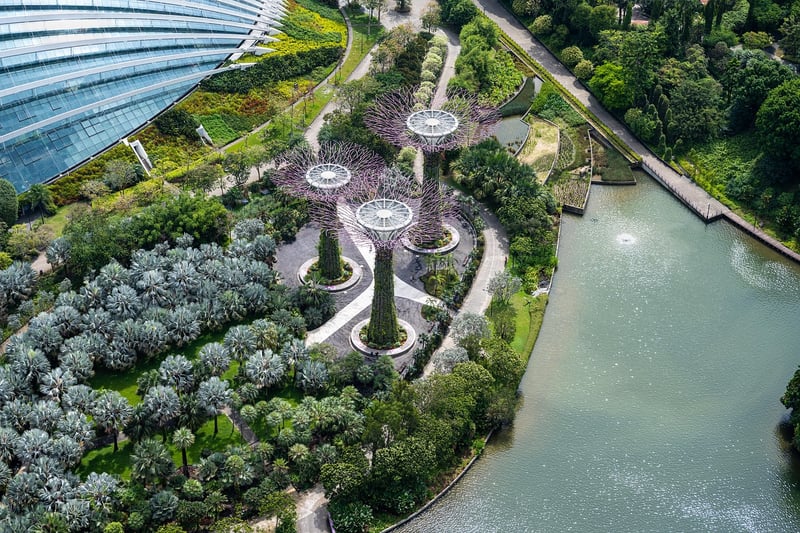Urban Tree Canopy
The Power of Plants: Enhancing the Urban Environment
Urban areas are known for their concrete jungles and bustling streets, but amidst the hustle and bustle, plants play a crucial role in enhancing the urban environment. Not only do plants add beauty and tranquility to cities, but they also provide numerous environmental benefits that are essential for creating sustainable and livable urban spaces.
The Benefits of Plants in Urban Areas:
- Improved Air Quality: Plants act as natural air filters, absorbing pollutants and releasing oxygen, thereby improving the overall air quality in urban areas.
- Temperature Regulation: Trees and plants provide shade and reduce the urban heat island effect, helping to cool down cities during hot summer months.
- Biodiversity Support: Urban green spaces serve as habitats for birds, insects, and other wildlife, promoting biodiversity in city environments.
- Noise Reduction: Plants help absorb and block out noise pollution, creating quieter and more peaceful urban settings.
- Community Well-being: Green spaces encourage outdoor activities, promote mental well-being, and provide opportunities for social interactions among city residents.
Urban Tree Canopy:
One of the key elements of enhancing the urban environment is the development of an urban tree canopy. Urban tree canopy refers to the layer of tree leaves, branches, and stems that provide tree coverage in urban areas. The urban tree canopy offers a range of benefits, including:
- Stormwater Management: Trees help reduce stormwater runoff by absorbing and slowing down rainwater, which helps prevent flooding and erosion in urban areas.
- Energy Conservation: Strategic placement of trees near buildings can help reduce energy consumption by providing shade in the summer and acting as a windbreak in the winter.
- Health Benefits: Access to green spaces with a dense tree canopy has been linked to improved physical and mental health outcomes for urban residents.
Investing in the urban tree canopy through tree planting initiatives, maintenance programs, and community involvement can significantly contribute to creating healthier, more resilient, and sustainable cities.
Conclusion:
Plants, especially trees, are essential components of the urban environment, offering a wide range of benefits that are crucial for the well-being of city dwellers and the sustainability of urban spaces. By recognizing the importance of plants in urban areas and actively promoting green initiatives, we can create greener, healthier, and more vibrant cities for generations to come.

Image Source: Pixabay
